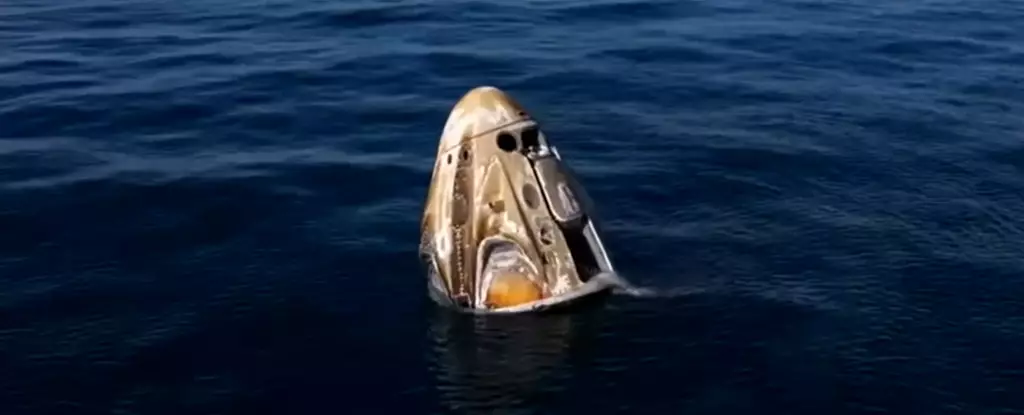The adventure of space travel often lures humanity with promises of exploration and scientific discovery. Yet, what happens when those dreams unexpectedly morph into trials of endurance and patience? Such was the case for astronauts Butch Wilmore and Suni Williams, who initially embarked on an eight-day mission aboard the International Space Station (ISS). Their journey transformed into a protracted saga that lingered for nine months, culminating in a gripping story of resilience. With the successful splashdown off the Gulf Coast of Florida on a Tuesday evening, the astronauts’ tale now resonates not just as a scientific achievement but as a testament to human tenacity in the face of unprecedented challenges.
Technical Failures: Navigating the Unknown
The mission commenced under the auspices of Boeing’s Crew Flight Test, designed to showcase the capabilities of the Starliner spaceship. On June 5, 2024, excitement filled the atmosphere as Wilmore, Williams, Nick Hague, and Russian cosmonaut Aleksandr Gorbunov took to the stars. However, the journey soured when the Starliner’s engines malfunctioned as it approached the ISS, leading to a troubling delay. While Boeing’s ambitions in commercial spaceflight hung in the balance, the astronauts found themselves in an unforeseen predicament, often described but never officially classified as ‘stranded.’ This technical hiccup serves as a stark reminder of the immense complexity and risk associated with space exploration, where even sophisticated technology can falter.
The Human Spirit in Isolation
Despite the challenges, Wilmore and Williams channeled their energy into scientific pursuits, conducting over 150 unique experiments during their extended stay. The astronauts demonstrated remarkable adaptability, consistently engaging in work that contributed meaningfully to our understanding of science in microgravity. Their ability to retain a positive outlook amidst isolation showcases a profound aspect of humanity that thrives under pressure. Both astronauts expressed fondness for their time in space, despite missing their loved ones—a duality of dedication and longing that encapsulates the essence of an astronaut’s life.
Reentry and Reunion: A Moment of Joy
After a staggering tenure above Earth, the astronauts boarded a SpaceX Crew Dragon capsule for their journey back home. The meticulous execution of a 17-hour trip symbolized not just the culmination of a mission but the endurance of willpower against the odds. As the capsule maneuvered back into Earth’s atmosphere, anticipation filled the air. The heartwarming moment at 5:57 PM ET when the craft touched down marked a victory not only for the astronauts but for NASA and the broader narrative of human exploration in space. Their return underscores the importance of resilience, teamwork, and the collective human spirit in pushing beyond our terrestrial limitations.
The Future of Space Exploration
This compelling adventure serves as a microcosm for the expansive narrative of space exploration—filled with both triumphs and tribulations. As companies like Boeing and SpaceX pave the way for commercial space travel, the lessons learned during the astronauts’ prolonged mission cannot be overlooked. With each challenge surmounted, humanity inches closer to not just conquering the cosmos but doing so with the knowledge that resilience and innovation will always propel us forward. The narrative continues to unfold, and with each flight, we witness our collective journey into the vast unknown—a journey nurtured by ambition, discovery, and the unyielding spirit of those who dare to venture among the stars.


Leave a Reply